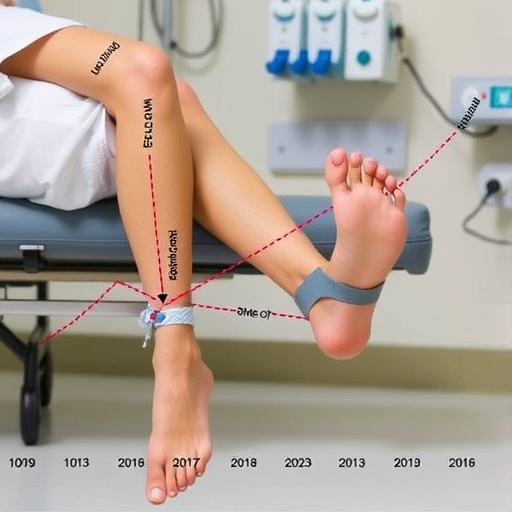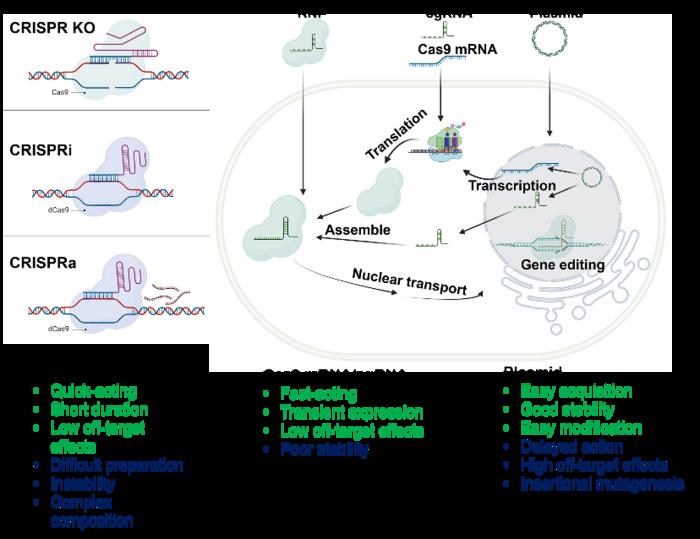Recent advancements in augmented communication technologies, particularly speech-generating devices (SGDs), have drawn the attention of researchers and clinicians alike, especially concerning their application in children with autism spectrum disorder (ASD). A recent systematic review conducted by Zhang et al. (2025) delves deeply into how SGDs can optimize communication strategies for these children, highlighting significant improvements in the use of manding through the utilization of a single icon. This pivotal area of research promises to reshape the landscape of therapeutic interventions tailored to enhance communication among non-verbal or minimally verbal children diagnosed with autism.
Communication impairment is one of the core challenges faced by children on the autism spectrum. The inability to express needs, desires, or thoughts can lead to significant frustrations for both the children and their caregivers. Traditional speech therapy techniques have provided some benefits; however, integrating technology into these therapies may unlock even greater potential for educational and developmental support. SGDs offer a unique avenue for children to articulate their thoughts and needs effectively, thus fostering more robust interactions with their peers, families, and educators.
Zhang and colleagues structured their systematic review to assess various studies involving SGDs and their effects on manding, which refers to the process of making requests. Beyond mere communication, manding is a crucial skill that can promote independence and self-determination in children with autism. The systematic approach ensures that the findings are grounded in comprehensive evidence, synthesizing the results from multiple studies to provide a clearer picture of the efficacy of SGDs in this context.
In analyzing the data, the researchers focused on how single-icon SGDs can simplify communication while still being effective. While many devices allow for the use of multiple icons, the study highlights that introducing a single icon can reduce cognitive overload for children, making it easier for them to connect the icon to their specific requests. This tailored approach enhances the learning curve and can lead to quicker acquisition of effective manding skills.
The systematic review also explores the broader implications of successfully integrating SGDs into therapeutic practices. Learning to communicate through technology not only aids in immediate needs but also lays the groundwork for further cognitive development and social interaction abilities. The potential for increased confidence in communication may spur children to engage more actively with their environment, promoting a self-reinforcing cycle of learning and interaction.
Additionally, Zhang et al. examine the role of caregivers in the implementation of SGDs. Parent and educator involvement is essential, as these individuals play a pivotal role in reinforcing the use of SGDs in naturalistic contexts. The review suggests that training for these stakeholders is just as crucial as the device itself. When caregivers understand how to facilitate and encourage the use of SGDs, they create a supportive environment that can significantly enhance the child’s communicative competence.
One of the exciting findings from this body of research indicates that not only do SGDs improve manding skills, but they also have the potential to foster social communication. As children learn to use SGDs more effectively, they can engage in more meaningful interactions with peers, which is essential for social development. Encouraging shared experiences and collaborative play among children using SGDs may open up new pathways for building friendships and enhancing social skills that are often challenging for those on the spectrum.
Furthermore, the systematic review details the challenges that emerged regarding the consistency of SGD use across different settings. It appears that while some children showed remarkable progress at home, for instance, similar outcomes were not always replicated in school environments or during therapy sessions. This inconsistency poses questions regarding the environmental factors that may facilitate or hinder the effectiveness of SGDs. Addressing these variables is crucial for developing practical strategies that ensure SGDs are utilized as effectively as possible in various contexts.
The methodology employed in this systematic review encompasses rigorous inclusion criteria, reflecting a commitment to only incorporate high-quality studies. The publication emphasizes the reliability of its findings, combining quantitative and qualitative data to paint a comprehensive picture of the role of technology in supporting communication development. The evidence derived from this extensive review is critical for practitioners seeking to provide evidence-based interventions tailored to the needs of children with autism.
Beyond addressing immediate communication needs, the broader implications of these findings on educational policy and practices cannot be overstated. As more evidence accumulates demonstrating the benefits of SGDs in educational settings, there is a strong case to be made for the inclusion of such technologies in standard autism intervention protocols. This may advocate for a paradigm shift in how educators and therapists approach communication challenges in children with autism.
Moreover, the publication provides a conceptual framework for future research directions that can build on these findings. Identifying gaps in the current literature, Zhang et al. suggest that more longitudinal studies are necessary to examine the long-term impacts of SGD use. Understanding how skills acquired through SGDs translate to other areas of communication and social skills will further elucidate the full benefits of these technologies.
The review concludes that the widespread implementation of SGDs, especially when focusing on teaching manding through a single icon, presents a significant opportunity for improving the quality of life for children with ASD. With ongoing advancements in technology and a growing understanding of autism, there is an urgent need to continue exploring innovative solutions that can empower these children to express themselves and thrive in their environments.
Overall, the systematic review by Zhang and colleagues represents a pivotal step toward understanding the intersection of speech-generating technology and communication strategies for children with autism. As this field of study evolves, it is hopeful that effective communication tools will be accessible and tailored to the needs of every child, allowing them the independence and voice they deserve.
Subject of Research: The impact of speech-generating devices on communication skills (manding) in children with autism.
Article Title: Using Speech-Generating Devices to Improve Manding With One Icon in Children With Autism: A Systematic Review.
Article References:
Zhang, X., Robertson, R.E., McCarthy, T. et al. Using Speech-Generating Devices to Improve Manding With One Icon in Children With Autism: A Systematic Review.
J Autism Dev Disord (2025). https://doi.org/10.1007/s10803-025-07081-7
Image Credits: AI Generated
DOI: 10.1007/s10803-025-07081-7
Keywords: Speech-generating devices, autism, communication, manding, systematic review.
Tags: augmented communication technologiesautism spectrum disorder researchcaregiver support in autism communicationeducational support for children with autismenhancing communication strategies for ASDimproving communication for minimally verbal childrenmanding in children with autismnon-verbal communication solutionsspeech-generating devices for autismsystematic review on SGDstechnology in speech therapytherapeutic interventions for autism






